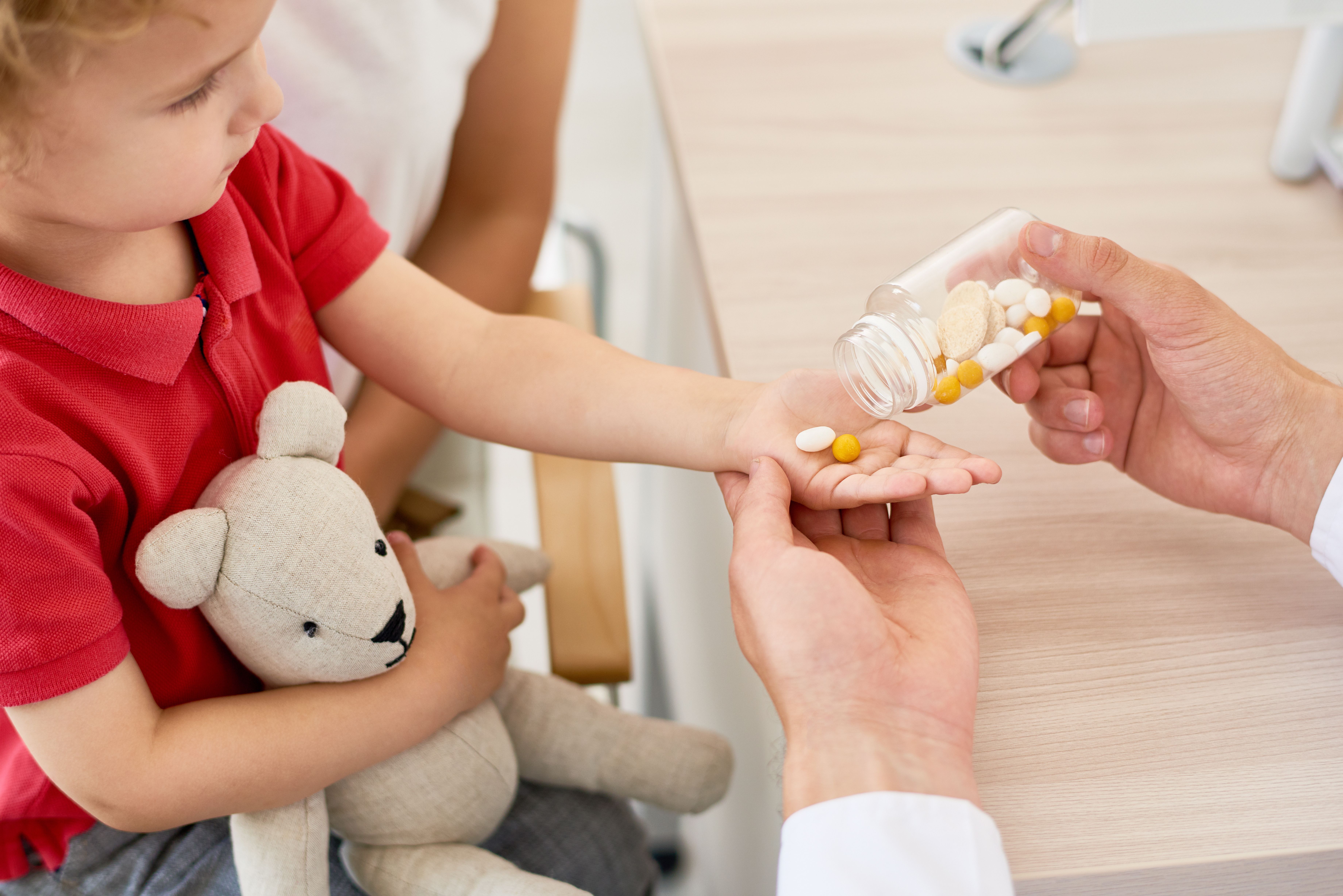Antimicrobial Use in Children Hospitalized with COVID-19

Antibiotic prescriptions increased during COVID-19, forcing us to grapple with the antimicrobial resistance pandemic in addition to the coronavirus pandemic.
Antimicrobial resistance is caused by using excessive, unnecessary antibiotics, allowing dangerous pathogens to learn to mutate and develop resistance to antibiotic therapies. The growing threat of antimicrobial resistance means there will be more and more infections that are unresponsive to even the strongest of antibiotics.
While it is well-documented that antimicrobial consumption increased in adults hospitalized with COVID-19 infection, one study, presented this week at the 40th Annual Meeting of the European Society for Pediatric Infectious Diseases (ESPID), evaluated whether this trend was consistent in pediatric populations.
The study, “Antimicrobial Prescribing in Hospitalized Children with COVID-19,” analyzed the co-infections, prevalence, and characteristics of antibiotic usage in children hospitalized with COVID-19.
This single-center, retrospective study was conducted from March 2020-December 2021. It included children (under 18 years of age) who had a positive RT-PCR SARS-CoV-2 test and were subsequently admitted to a COVID-19 referral pediatric hospital. The investigators reviewed the medical records of children for demographics and clinical characteristics, before collecting data on their antimicrobial consumption.
A total of 299 children with confirmed infection were included in the study. The median patient age was 4 years, and the cohort was 53.3% male. The children were hospitalized for an average of 5 days, and this was also the mean duration of antibiotic use. Antimicrobials were documented in 25% of patients (n = 75), and an average of 1.2 antimicrobials were prescribed per patient.
The most frequently prescribed antibiotics were penicillin (36%), cefotaxime (24%), ampicillin and gentamicin (16%), and macrolides (13.3%). Secondary bacterial infection or co-infection was reported in 26.6% of the children who received antimicrobials.
Among the children with severe COVID-19 disease, 41.3% were prescribed antibiotics for an average of 5 days. Of these children, 58.3% had abnormal chest imaging and 32% had increased C-reactive protein above 60 mg/L.
The antibiotics were either stopped or deescalated within 72 hours in 48% of patients (n = 36), without backing clinical, laboratory, or radiological evidence of bacterial infection, and 29.3% (n = 22) were neonates with fever.
The investigators concluded that of the 25% of hospitalized children prescribed antibiotics for COVID-19 infection, most received narrow spectrum antibiotics. They recommended that hospitals should determine and apply diagnostic criteria to avoid overprescribing antibodies for COVID-19.
This study, “Antimicrobial Prescribing in Hospitalized Children with COVID-19,” was presented during the 40th Annual Meeting of the European Society for Pediatric Infectious Diseases (ESPID), held online and in Athens, Greece from May 9-13, 2022.
